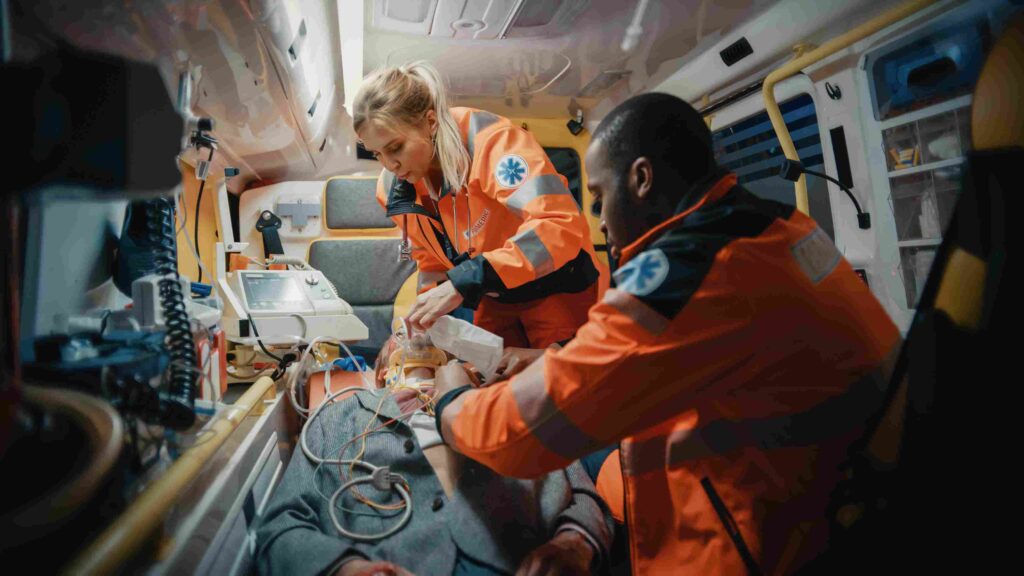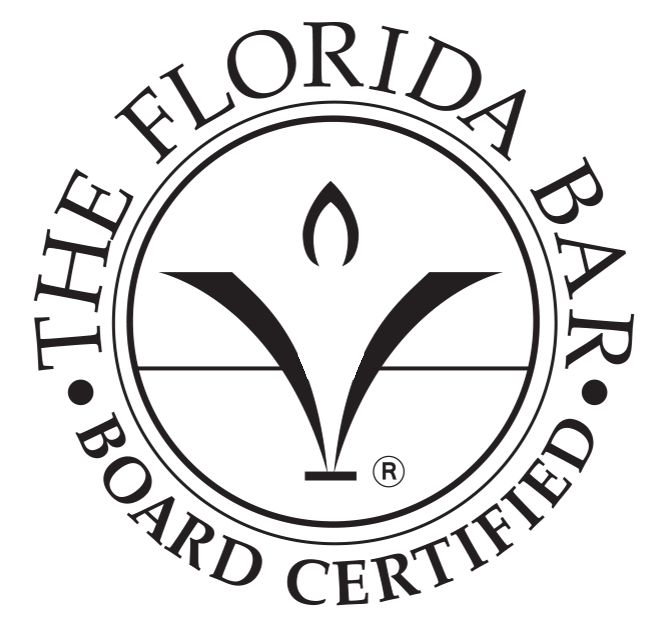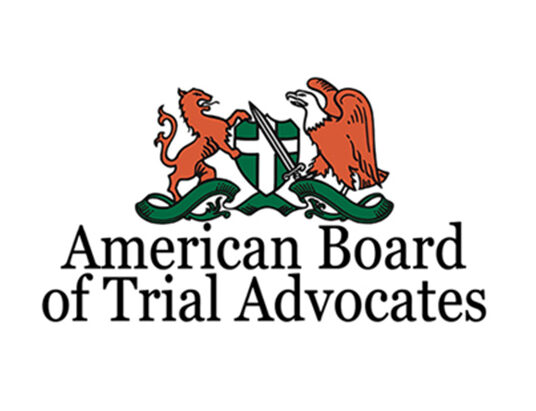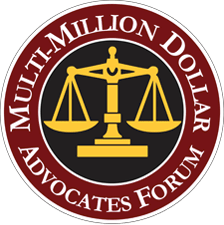The fatality rate for Florida traffic accidents was the fifth highest in the country for the first six months of 2022. Unfortunately, this trend has continued in the first few months of 2023.
While some accidents are unavoidable, others can be prevented with knowledge and preventative measures.
Knowing some of the most common accidents in Florida is a good place to start.
If you are involved in a Florida car accident caused by another driver’s negligence, our legal team at Zimmet & Zimmet can help you file a claim and recover compensation.
Common Florida Auto Accidents
Here, you can learn how to avoid vehicle accidents by learning some of the most common ones across the state.
Rear-End Accidents
Rear-end collisions are commonly caused by distracted driving and tailgating.
When these situations arise, the leading car must stop suddenly because of an obstacle or traffic light. The driver of the vehicle behind who is tailgating or not paying attention will then hit the leading car.
Whiplash is a common injury in these accidents and occurs when the neck moves forward and back quickly. If treatment is not sought immediately, it can lead to serious and painful complications.
It is possible to prevent rear-end accidents by driving the recommended following distance behind other vehicles and avoiding distractions. If someone begins tailgating you, move to the side (if possible), so they can pass.
Head-On Collisions
Even though head-on collisions are not as common as rear-end accidents, they are more likely to be fatal for those involved. Head-on collisions occur when someone goes in the wrong direction on the road.
This is commonly seen when someone attempts to pass on a two-lane road. It can also occur if a distracted driver moves out of their lane and collides with a vehicle traveling in the opposite direction.
If you are involved in a head-on collision, there is a higher likelihood that you or a passenger in your vehicle will be ejected from the vehicle. This is because both vehicles have forward momentum before the collision occurs, intensifying the accident’s force.
Wearing a seatbelt is an effective way to prevent a fatal ejection in a head-on collision. It can also help prevent your body from slamming into the steering wheel, which is also common in head-on collisions.
Left-Turn and T-Bone Collisions
In a T-bone accident, the front part of a vehicle collides with the side of another vehicle. Those in the car that is hit on the side are at risk of serious injuries in this situation. The door may buckle in these accidents and trap the passenger or driver inside the vehicle.
If the driver is hit while their hands are on the steering wheel, they may experience broken arms. If the vehicle’s driver colliding with the side of another vehicle was speeding or going fast enough, it could push the side of the vehicle hard enough to crush the person inside.
This type of accident occurs at intersections, most commonly when one vehicle turns left and the other moves straight through the intersection. Another situation when this occurs is if one car travels east to west while another goes north to south, and they collide in the middle. Situations like this only occur if one vehicle runs a red light, making it easier to avoid.
The occurrences of left-turn collisions are more common than T-bone accidents and are dangerous for passengers. You can avoid these by ensuring a green arrow and checking for vehicles coming through the intersection without stopping.
Sideswipe Accidents
A sideswipe accident can occur on a bigger highway or the interstate. It may also occur in tight or small areas. This accident occurs when two vehicles slide or hit the side of one another. They are more dangerous if they occur while traveling at high speeds (like on the interstate).
Some of the scenarios that often lead to sideswipe accidents include the following:
- If one vehicle hits a parked vehicle.
- A near-miss head-on collision between oncoming vehicles that pass and hit on the side.
- If a driver attempts to avoid a threat in front of them and hits the side of another vehicle.
- Drivers that sideswipe other vehicles when trying to turn at an intersection.
- If a vehicle cuts someone off.
- When drivers do not calculate how much space they must park or make another maneuver.
Sometimes, sideswipe accidents only lead to aesthetic issues. For example, this collision may hit a side view mirror and cause scratches along the side of the vehicle.
However, in situations with a more dangerous angle or if the vehicles are traveling at high speeds, those inside both vehicles may be injured.
A sideswipe accident may also lead to secondary collisions. This may happen if a vehicle loses control after the sideswipe occurs and moves into another lane of traffic.
You can avoid sideswipe accidents by always checking your blind spots before switching lanes or merging. You should also check blind spots when merging on or off the highway or traveling at higher speeds.
If you are riding in the exit lane on the highway and other vehicles are attempting to merge into traffic, move to the middle lane to ensure they can merge safely. This is a courteous action that can also prevent accidents.
Single Vehicle Accidents
A single-vehicle accident is (as the name implies) an accident involving one vehicle and a stationary object like a tree, guard rail, or light pole. In some situations, another vehicle is involved indirectly. An example would be if the driver had to swerve to avoid hitting the vehicle and hit the stationary object instead.
If you are in this situation, try swerving carefully around the other vehicle and do not make harsh turns. If you do, it may cause your vehicle to flip. If you cannot avoid a collision with something, try pressing the brakes and going into the bushes instead of a solid object like a pole, rail, or tree.
After striking a solid object, your car will stop. The force of the impact is on the vehicle and your body. Common injuries in these accidents include head trauma, crushed rib cages, and more.
Common Causes of Florida Car Accidents
If you want to know how to avoid vehicle accidents, it is best to avoid the behaviors that cause them. Along with knowing the common types of accidents, it may be helpful to know what actions lead to them.
Speeding
Speed limits are set to help drivers arrive at their destinations safely. If you do not follow the set speed limit, you increase the possibility of an accident.
Speeding makes it challenging to turn safely and reduces the time you have to react to issues ahead.
Not Obeying Traffic Lights
If you do not come to a full stop at a stop sign or run through a red light, it increases the potential of an accident. Side-impact collisions are common in these situations and can be deadly.
Texting and Driving
It is illegal to text and drive in Florida. You cannot be pulled over for texting and driving; however, if you commit another infraction while texting and driving, you can receive a ticket for both.
Unfortunately, texting is not the only distraction that can cause an accident. Other distractions include talking to passengers, eating or drinking, grooming, and more. Anything that takes your mind and attention away from the road is considered a distraction and should be avoided.
Bad Weather
Storms and wet roads can lead to accidents, too. High gusts of wind can cause drivers to lose control and cause an accident. Weather can result in a vehicle reacting in ways it would not normally, which can lead to a chain reaction collision.
Fatigued Driving
Life is stressful and busy for most people. This may lead to fatigued driving and falling asleep behind the wheel. Some experts claim that fatigued driving is just as dangerous as drunk driving and should be avoided.
Let Our Legal Team Help with Your Auto Accident Claim in Florida
If you are involved in an auto accident in Florida, you may wonder what legal rights and options you have. At Zimmet & Zimmet, we understand the complexity of these cases and are ready to help you file a claim against the at-fault driver.
The first step is to call our office to schedule a free consultation. During this initial meeting, we can learn about your situation and what evidence is available. We will also take steps to create a plan to file a claim and help you recover the full compensation you deserve.
Call today to learn more about your legal rights after a Florida car accident.
Read More











